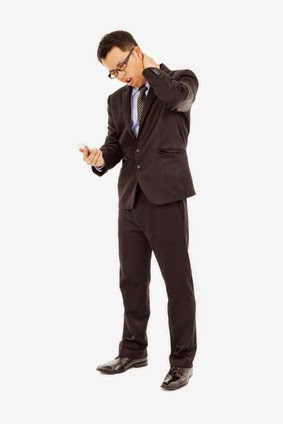Dr. Mukai in the Statesman on Tech Neck
Dr. Ai Mukai, physiatrist at Texas Orthopedics, spoke to the Austin American-Statesman’s Nicole Villalpando about how to ease neck pain caused by looking down at smartphones. A portion of the article is pasted below.
By Nicole Villalpando
Austin’s new ban on driving while using handheld devices such as cellphones, which goes into effect Jan. 1, got us thinking. Should we also consider enacting our own personal ban on using a cellphone while parenting for the new year? Might that make a perfect resolution?
Craig Palsson, a graduate student in Yale University’s Department of Economics, did a study that compared injury rates of children between 2005 and 2012 and found a 10 percent increase in injuries for children younger than 5. His conclusion: As cellphone technology has increased and become more available, so has distracted parenting.
Craig Palsson, a graduate student in Yale University’s Department of Economics, did a study that compared injury rates of children between 2005 and 2012 and found a 10 percent increase in injuries for children younger than 5. His conclusion: As cellphone technology has increased and become more available, so has distracted parenting.
For parents and also teens, being on devices constantly is having some cumulative effects physically. Remember carpal tunnel and desk jobs? Well, people who are on devices all the time are also having chronic pains, including in their necks. Dr. Ai Mukai, a physiatrist at Texas Orthopedics Sports & Rehabilitation Associates, says while teens might be on their phones six hours a day, adults are almost as bad at two to four hours a day. Looking down all the time is like having 60 pounds, or an 8-year-old, on your neck. She wants you to stop holding your phone between your neck and shoulder and instead use a hands-free device.
For checking email or using an iPad, bring the cellphone or iPad to eye level. Sit comfortably in a chair with back support. If you have to be working in bed or on a couch, put a pillow or a cushion under your back and neck for support. She also suggests taking frequent breaks and stretching out your back and neck by standing against a wall and pushing your head and shoulders back against the wall.



